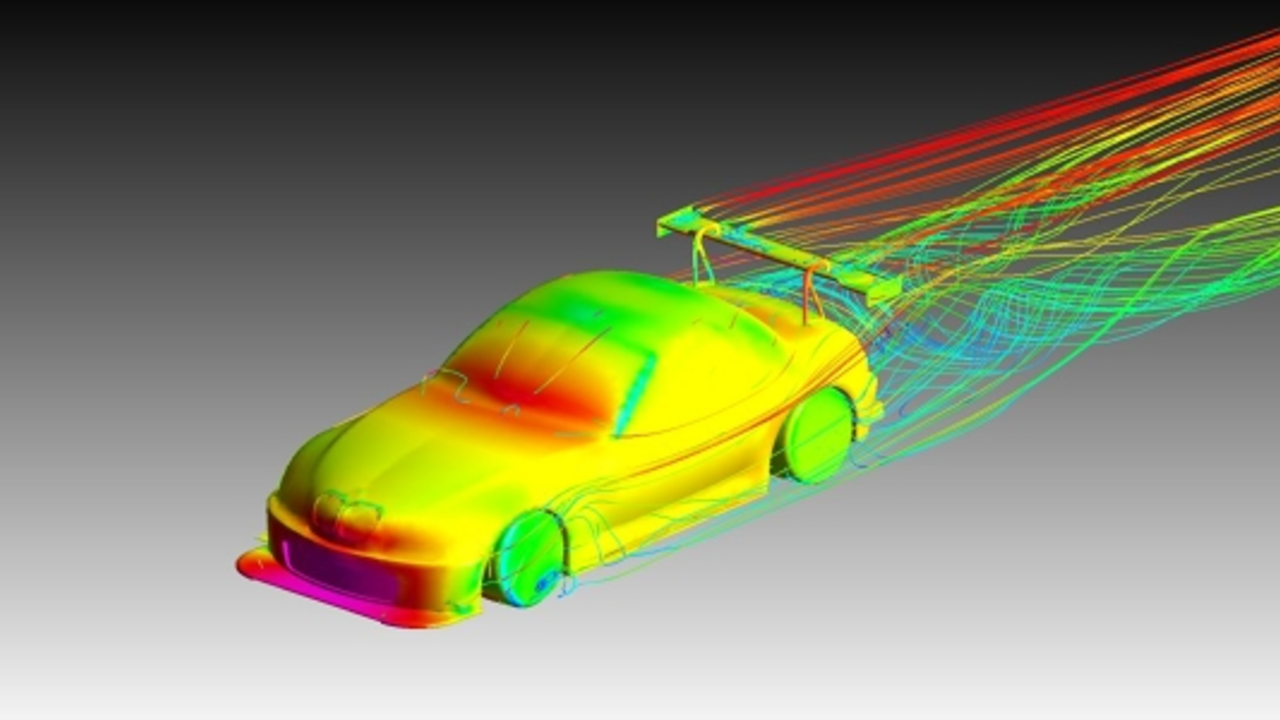Racing Car Design: Simple Tips to Speed Up Your Ride
If you love the sound of a high‑rev engine and want your car to cut through the air like a knife, you’re in the right place. Racing car design isn’t reserved for engineers with PhDs; anyone can apply a few smart ideas to get more grip, less drag, and a lighter feel on the track. Below we break down the most useful tweaks you can make today.
Aerodynamics Made Simple
First thing’s first – the shape of your car determines how the air pushes against it. A smooth front splitter and a well‑shaped rear wing can cut drag by up to 15%, which means higher top speed without adding horsepower. Think of the car as a fish: the nose should be narrow, the body tapered, and the tail should help pull the water (or air) back. If you’re working with a kit car or a chassis you can modify, add a front splitter that extends just a few inches underneath the bumper. It creates a low‑pressure zone on top and redirects air around the wheels, reducing turbulence.
Next, a rear diffuser is a cheap way to improve downforce. It works by expanding the airflow under the car, sucking it down and giving the tires more grip in corners. Even a small diffusing panel can make a noticeable difference on a tight circuit. Remember to keep the underbody flat and sealed; any gaps let air rush up and spoil the effect.
Choosing the Right Materials
Weight matters more than you might think. A kilogram saved is a fraction of a second gained on a straight. Aluminum and carbon‑fiber are the go‑to choices for race‑ready parts because they’re strong yet light. If carbon‑fiber feels out of budget, look for high‑grade aluminum alloys for brackets, mounts, and even body panels. They’re easier to work with and still shave off a good amount of mass.
Don’t forget the interior. Racing seats, a stripped‑down dashboard, and a lightweight steering wheel can shave another 5‑10 kg. Swap out heavy factory switches for small, push‑button alternatives. Every gram counts when you’re chasing lap times.
Finally, tires are the only part that actually touches the road, so they deserve special attention. Choose a tire compound that matches the track surface and temperature range. Softer compounds give you more grip but wear faster; harder compounds last longer but may feel loose. A good rule of thumb is to test a few sets in practice and pick the one that feels most planted without overheating.
Putting these ideas together creates a balanced package: less drag, more downforce, and a lighter car that responds instantly. You don’t need a full‑blown wind tunnel to see results – a simple pressure gauge or even a smartphone app can help you measure changes after each modification.
So next time you hit the track, start with the front splitter, tighten up the underbody, swap a few heavy parts for aluminum, and experiment with tire choices. Small, practical steps add up to big performance gains. Enjoy the faster laps and the thrill of knowing you built a better car with your own hands.

Why is the height of a racing car kept small?
In the world of racing, a car's height is kept low for several crucial reasons. The key reason is to lower the vehicle's center of gravity, improving stability and handling at high speeds. A shorter height also reduces the car's surface area, minimizing air resistance, leading to better speed and fuel efficiency. Lastly, a low-slung design prevents the car from tipping over during sharp turns, enhancing safety. So, there you have it, a quick dive into why racing cars are so close to the ground!
- Sports (5)
- Entertainment (4)
- Sports & Recreation (3)
- Motorsport (2)
- Automotive Racing (1)
- Free Computer Games (1)
- Drag Racing Tips and Strategies (1)
- Biography Websites (1)
- Gaming and Racing Simulation (1)
- Automotive & Racing (1)
-
Chivas and Cruz Azul Stalemate 0-0 in Dramatic Quarterfinal Draw
29 Nov 2025 -
Chase Brown opens scoring as Bengals test starters on Monday Night Football
10 Sep 2025 -
Eberechi Eze's Historic Hat-Trick Propels Arsenal to 4-1 Derby Win Over Tottenham
24 Nov 2025 -
How do I get into pro racing with my own car?
25 Jan 2023 -
Aroldis Chapman's PitchCom Revival Powers Red Sox Bullpen
1 Oct 2025
20.07.23
Caden Lockhart
0